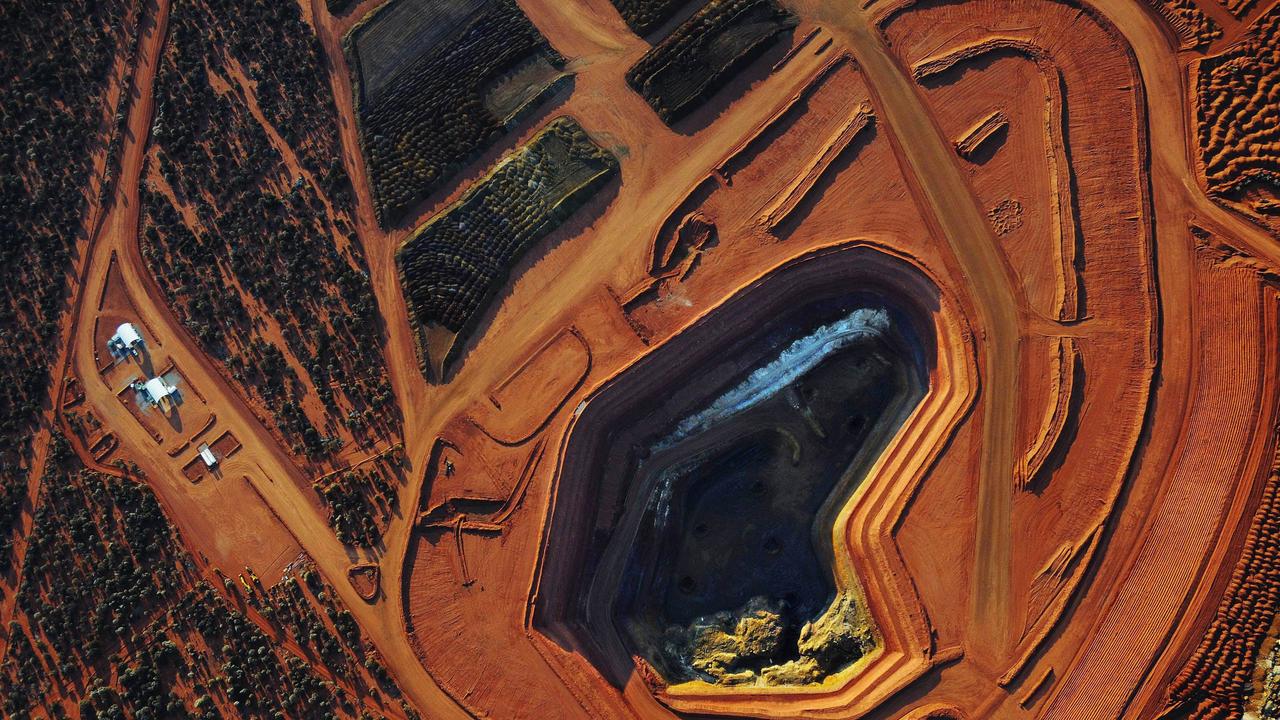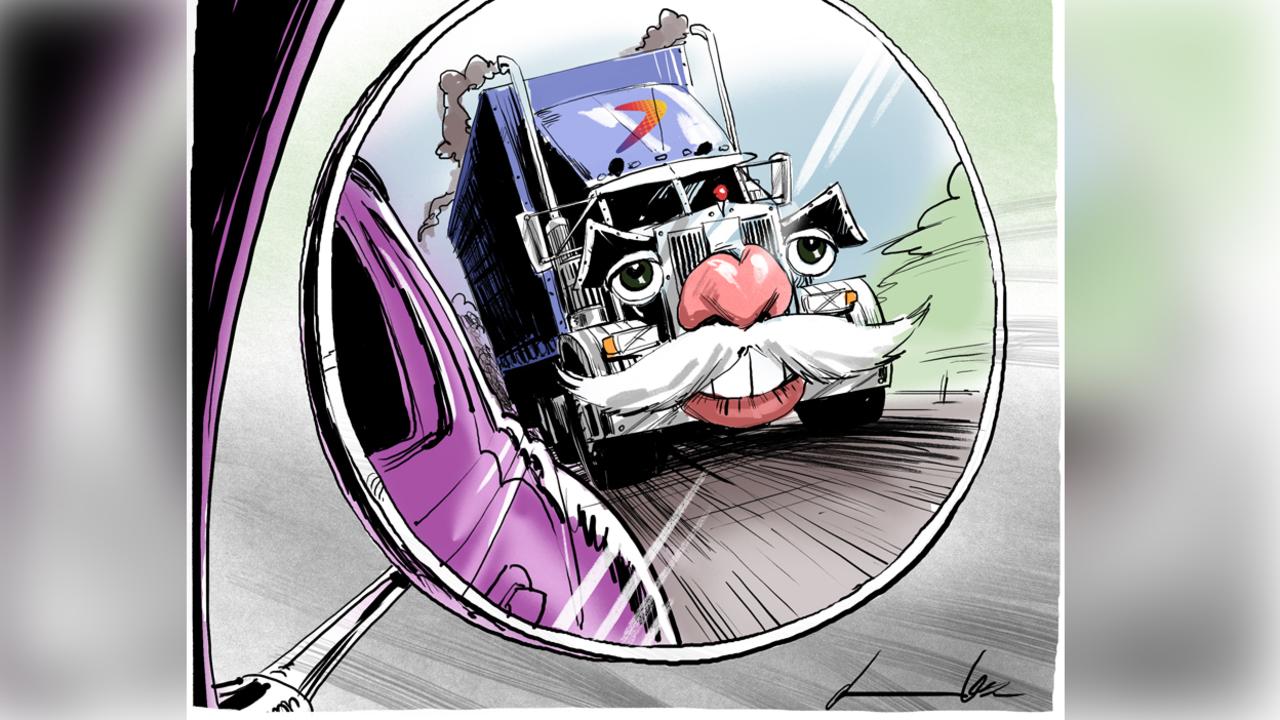Distortionary levy not smart business
The government’s $6.2bn attack on the big banks represents the most blatant and inefficient tax grab in recent memory.

The federal government’s $6.2 billion attack on the big banks represents the most blatant and inefficient tax grab in recent memory and is based simply on the fact that banks and big business are on the nose politically.
This is fundamentally bad policy in the hope of winning popular support because no one likes the banks. More to the point, it negates the ALP’s push for a banking royal commission.
The big four and Macquarie now know what it means when people talk about a social licence to do business and, in case they were wondering, they have lost theirs. Sectoral-specific tax measures are inefficient and this one raises $1.6bn a year at the cost of $650 million to the economy.
The recent round of bank profits shows they are running out of growth options as the housing market peaks and credit growth slows due to a lack of demand from the business community and now it faces a brick wall and tax grab from Canberra.
That was not quite what business was expecting and while the incentives to help first-home buyers may help but with the economy tipped to grow by 2.75 per cent next financial year, the economy is not exactly booming.
The six-basis-point tax surcharge may not break the banks but it represents an extra cost and places the sector firmly in the undesirables corner from Canberra’s perspective.
The banks will protest that better than most they pay their allotted tax, but that is not the point: they have come close to crisis point when it comes to government relations.
Still, as much as the government says it has shielded mum and dad savings from the full-frontal attack, the banking oligopoly has just been stung with $250m in extra costs, which it will pass on to its customers.
The tax hike is the most direct attack on the banks but there is a string of other measures designed to make life more difficult for the big four and Macquarie.
These include a new register of bank executives aimed to sort out the crooks; increased funding for a new banking disputes panel; extra funds for the Australian Competition & Consumer Commission to conduct regular reviews of competition in the industry; a Productivity Commission review of bank competition; and from next year, bearing the major cost of funding Australian Securities & Investments Commission’s $560m-a-year annual budget.
The ACCC will also conduct a long-term study on mortgage pricing, aimed at keeping the big banks in line while also adding to the list of government-directed market studies by the competition regulator. It is also looking at electricity pricing, gas, its own inquiry into the cattle industry and on top of increased investigative powers from government-directed studies, the ACCC will pick up $34.8m in extra funds.
The bank imposts including the executive register and the tax surcharge are a copy of measures imposed in Britain which, of course, faced a near collapse of its key banks during the GFC and has recently cut down the surcharge from 21 basis points to 10.
When faced by such attacks in the past, the banks have simply handed on the increased costs to its customers and there is no reason to think they will operate any differently today.
The big banks cop it from every conceivable angle and when asked why, Scott Morrison’s response was “cry me down the river, big banks”.
It was Malcolm Turnbull who opened the door for ALP attacks last year when he used a Westpac lunch to attack bank ethics.
Just what Treasury Secretary John Fraser told the banks when he rang last night to explain the tax changes is not known, but quite clearly the government is not worried about upsetting the sector.
That’s fine but it is dumb distortionaltionary policy to single out one sector to raise $6.2bn over four years when this will cost you, on PwC numbers, $2.6bn over the same period.
The government will sell this bank attack on competitive grounds, arguing the big four have a stranglehold on the sector and any move like this will at least, on paper, help even the balance.
In the scheme of things, this impact is small compared to the difference in funding costs because the big four are able to establish their own risk measures with the Australian Prudential Regulation Authority’s 25 per cent bottom limit.
The big banks have an extraordinary advantage over any other company in that no government will let them fail, which is a huge commercial advantage.
At 14 per cent return on equity, the Australian banks have shown themselves to be near the top of their global peers.
There is also a strong view within government that bank bosses are overpaid when the businesses are perceived to be making money for jam.
In short, the big banks have demonstrably run out of friends in Canberra and, while the ALP may just threaten royal commissions, the Liberal Party is happy to reach directly into their pockets to help fund its deficits.
The banks are now on notice last night’s move could be just the start and the politics are clear.
Future Fund reprieve
Future Fund boss Peter Costello has won at least a 12-month reprieve from the government, which says it won’t touch the $110bn fund in 2021, which is the first year in which it can start withdrawing funds.
The government says it will think some more about what it will do in 2022, but for the most part Costello has his wish for preservation granted.
Three of the big four have just posted a 6 per cent increase in interim net profits to $15.6bn on just a 3 per cent increase in revenues.
The banks in the spotlight are ANZ, Commonwealth Bank, NAB and Westpac, and Macquarie, which all have liabilities totalling from $160bn for Macquarie to between $700bn and $800bn for the trading banks, from which you can deduct about $350bn in protected deposits.
This means, based on a six-basis-point levy, CBA will be liable for an extra $240m in tax, which accounts for a 7 per cent increase based on last year’s numbers.
Last year CBA earned before provisions close to $13bn in pre-tax profit and paid $3.6bn in tax, or a rate of 28 per cent.
Deposits account for about 55 per cent of its liabilities, of which half are protected and hence exempt from the levy and the other key items are commercial paper, short and long-term bank notes and covered bonds.
The regional banks such as Bendigo and Adelaide Bank and Suncorp have about $60bn in liabilities apiece, which means if they merge they would be whacked, but as things stand, they are in the clear on the new levy.
Energy policy will be in the agenda again soon but of note is the $90m the government set aside to promote gas supply.
Next financial year will be the last year of government funding for ASIC, which means the banks on a user-pays basis will lead the funding for the $560m-a-year agency. The government is spending $4.5m over the next four years to help ASIC boost crowd-funding by private companies.




To join the conversation, please log in. Don't have an account? Register
Join the conversation, you are commenting as Logout